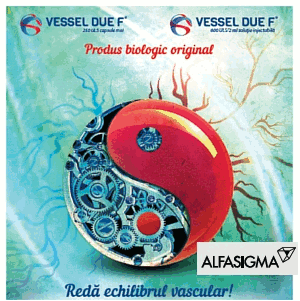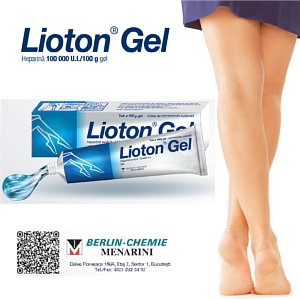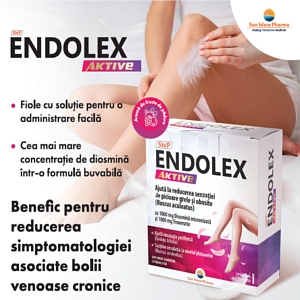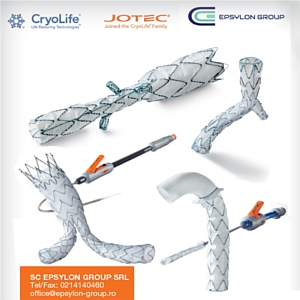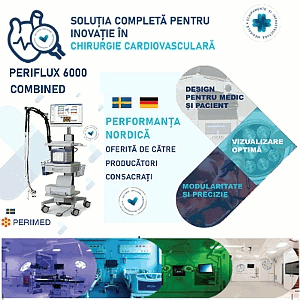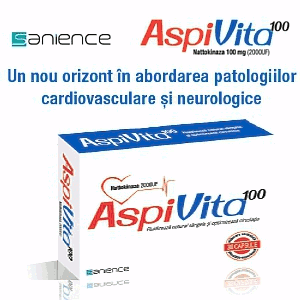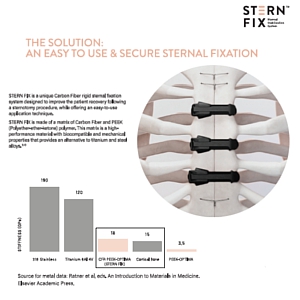The first reports of hybrid surgery were in 1970. Since then, their numbers have grown exponentially with the development of endovascular techniques. The procedures were initially performed in the angiography laboratory by a mixed team: surgeon- interventional cardiologist or radiologist, but the current trend is to be performed in hybrid rooms by a vascular surgeon.
Isolated infrarenal abdominal aortic dissection (IAAD) is a rare pathology, accounting for 1-4% of all aortic dissections. It represents 13% of all patients with aortic dissections (AD) (Trimarchi – 2007) and 4,1% among cases with type B –AD (Wu, Elefteriades-2019). Jonker (2009) in a systematic review found only 92 cases across the world. Prior Ao dilatation was present in 57% of cases (Sen,2020 ). This is a pathology that should be regarded, studied and treated as a unique entity.

It has a challenging treatment. Two main approaches exists; open surgery and endovascular approach. Figure 1 shows the open surgery treatment. The hybrid treatment we present here is a new method that combines the two approaches, but is less invasive and with a shorter intensive care stay and in hospital stay.
As clinical status, abdominal pain is the most frequent symptom, although dissection may be painless. Usually the dissection of the abdominal aorta is diagnosed accidentally in asymptomatic patients during computed tomography examination for other reasons. Because of the small number of patients, there are no guidelines of definitive treatment. The presence of complications such as unrelenting pain despite the blood pressure control, pulse deficit, limb ischemia, mesenteric ischemia or infarction, acute renal failure, must be treated surgically. The goal of the surgical treatment is to close the entry site and decompress the false lumen.

We present a case of a 62 y.o. man with multiple cardiovascular risk factors (obesity 130 kg for 1.70 m; hypertension and dyslipidemia), asymptomatic, routine abdominal ecography discovered an AAA with right iliac extension.
The diagnosis was made by performing a multi-slice CT with 3D reconstruction (Fig 2).
For surgical treatment we debated between three options: open surgery with an aorto-bifemoral bypass, but the patient was overweight and the operative risk was too high. Endovascular treatment with a bifurcated graft, but on the right side the true lumen of the common iliac artery was too small. Hybrid procedure, with an aorto-uniiliac graft, that blocks the entry orifice of the dissected area, and lands on the common iliac artery at the bifurcation, followed by a femoro-femoral bypass to avoid the right leg ischemia.
In a multidisciplinary vascular team (cardiovascular surgeon, interventional cardiologist and anesthesiologist), we decided to operate the patient using the hybrid technique under locoregional anesthesia. The procedure was done in the Cath lab suite.
We have used a Treo device from Bolton Medical (AORTO UNIILIAC GRAFT) with cut down for the two femoral arteries. After finishing the endovascular procedure, we proceeded with the femoro-femoral (extra-anatomic) bypass using a silver impregnated Dacron graft no. 8 from Impra Bard (Fig. 3).

The follow-up was simple and the patient was discharged the 4-th day postoperatively.
Figure 4 shows the control CT-scan at one month after discharge (permeable stent-graft and functional femoro-femoral by-pass)
The pathology of the terminal aorta was the subject of our research team and we have published in 2018 this book at Elsevier Editions (Figure 5).
 Figure 6 shows us the actual therapeutic strategy of IAAD. (Jinlin Wu, John A. Elefteriades, 2019)
Figure 6 shows us the actual therapeutic strategy of IAAD. (Jinlin Wu, John A. Elefteriades, 2019)
In the situation of coexisting of IAAD with abdominal aortic dilatation (6,2cm) the probability of aortic rupture is hygher: the dissection process affects the already abnormal vascular wall in a negative manner
The aorto uniiliac graft (Bolton Treo) blocks the entrance orrifice of the dissected area and lands on the common iliac artery at the bifurcation
Open repair has been considered for years the goldstandard procedure (Davidovic, JVS,2021)
The goal of the treatment strategy is to close the entry site and decompress the false lumen.
The endovascular approach is the modern alternative whenever is possible.
There is a lack of strategies for management of IAAD in actual guidelines.
Hybrid procedures, performed in patients at high surgical risk, have similar results to standard or endovascular surgical treatment, in short and medium terms, but with lower morbidity and mortality and shorter stay time in intensive care and hospitalization
Bibliography:
- Faraj J., Tan R., Mwipatayi B.P., An off-label use of a Unibody aortic stent-graft system for the treatment of infrarenal aortic dissections, Hindawi-case reports in vascular medicine,vol.2019,articleID6853135
- Wu J., Zafar M., Qiu J., Huang Y., Chen Y., A systematic review and meta-analysis of isolated abdominal aortic dissection, JVS,2019, p.1-8
- Griffin K.J.,Bailey M.A., McAree B., Mekako A., Berridge D.C., NicholsonT., ScottD.J.A.,Spontaneus aortic dissection within an infrarenal AAA, Vascular medicine 17(6), 424-426. SAGE, 2012
- Dorobantu, F.L., Dissection of the abdominal aorta, in New approaches to aortic diseases- from valve to the abdominal bifurcation, editors: Tintoiu I,Ursulescu A, Elefteriades J.A., Underwood M.J., Dro c I., Academic Press, Elsevier, 2018, 411-414
- Sen I., D’Oria M., Weiss S., BowerT.C., OderichG.S., Kalra M., Colglazier J., DeMartinoR.R., Incidence and natural history of isolated abdominal aortic dissection; a populational – based assessment from 1995 to 2015, JVS,2021, 73(4), 1198-1204
- Wu J., Wu Y., Li F., Zhuang D., Cheng Y., Chen Z., Yang J., Liu J., Li X., Fan R., Sun T., Natural history of isolated abdominal aortic dissection : a prospective cohort study, Frontiers in cardiovascular medicine, 2022
- Callahan m., Campbell J., Spontaneus infrarenal aortic dissection in an athlete managed emergently with endovascular stent grafts, occluders and femoral-femoral artery bypass, The journal of the American osteopathic association, vol 118,no.12 dec.2018, 827-831.
 Dr. Ionel Droc
Dr. Ionel Droc